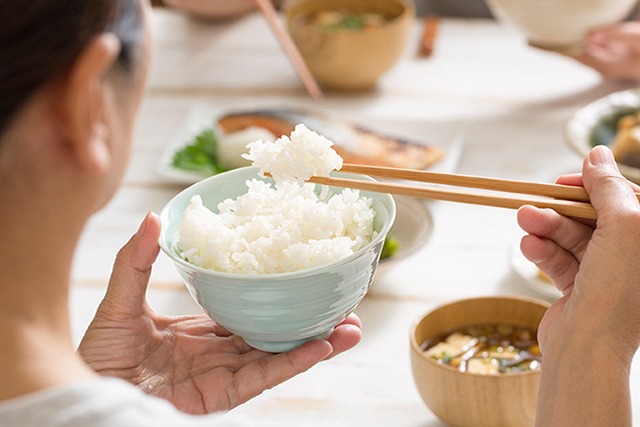
Rice is one of the grains consumed most frequently worldwide for a reason. Thanks
to its extreme adaptability, it may be altered to go well with various flavor profiles and
foods. Additionally, there are numerous variations to pick from—more than 120,000,
to be precise. According to Food & Wine, rice accounts for one-fifth of all calories
consumed worldwide.
White rice, commonly referred to as enhanced rice, is one of the most widely
consumed varieties. White rice is rice that has been refined or processed to remove
the outer husk, bran layers, and germ. Despite its widespread use, white rice
frequently has a bad rap due to its processing, particularly when compared to its
more nutrient-dense whole grain cousin, brown rice. There have been rumors that
white rice is a “bad carb” a source of empty calories. Here are some surprising
side effects—both good and not so good.
1. You may have more energy.
According to Manaker, white rice is a source of carbs, which are your body`s primary
fuel source. Additionally, many white rice kinds are enriched with B vitamins in the
United States, which may enhance energy levels.
All B vitamins, except folate, are involved in at least one (if not more) step of the
energy-production mechanism within the cell, according to a study published in the
journal Nutrients. Consuming a dose of each B vitamin is imperative to increase
energy. Additionally, if you consume too little of it, your body won't be able to
produce as much energy, which could be harmful to your metabolism and general
health.
2. You may ingest arsenic.
Manaker claims that arsenic is a trace element that, when ingested repeatedly and in
high amounts, can have negative effects on one`s health.
Even while white rice has less arsenic than brown rice, it`s still advisable to limit your
intake and switch up your grains. Amaranth, quinoa, bulgur, and farro are a few
prospects that are lower in arsenic and worth testing.
You might also check to see if the area where your rice was grown has higher or
lower arsenic levels. White basmati rice, for instance, may contain less arsenic than
other types of rice and comes from Pakistan, India, and California. Another
illustration is American sushi rice.
3. You may build stronger bones.
Eating white rice appears to have a substantial effect on bone health. White rice
contains manganese, a mineral that is underappreciated but is crucial for bone
health.
4. Your risk of developing metabolic syndrome may be higher.
The Mayo Clinic states that "a metabolic syndrome is a group of illnesses that co-
occur and raise your risk of heart disease, stroke, and type 2 diabetes." Among the
problems include high blood sugar, increased body fat in the abdomen, high blood
pressure, and unusual cholesterol or triglyceride levels.
According to a study that was published in the Heart Asia journal, consuming white
rice was linked to a 30% increased chance of developing metabolic syndrome. It`s
not severe, yet it`s still important enough. Therefore, think about substituting another
grain for the white rice if you`re at risk for any of these ailments.


